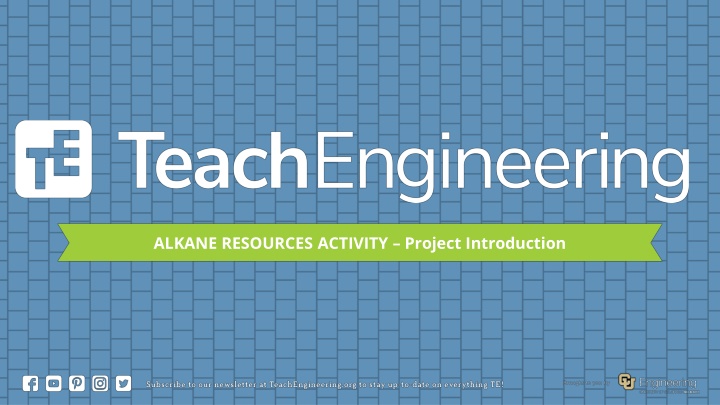
Diving into Alkane Resources Activity Project and Energy Sources
Explore the Alkane Resources Activity Project Introduction, the significance of oil in the U.S., renewable energy alternatives, shale gas resources, and the chemistry behind shale gas processing. Dive into a project glossary defining key terms in the field of energy and resources.
Download Presentation

Please find below an Image/Link to download the presentation.
The content on the website is provided AS IS for your information and personal use only. It may not be sold, licensed, or shared on other websites without obtaining consent from the author. If you encounter any issues during the download, it is possible that the publisher has removed the file from their server.
You are allowed to download the files provided on this website for personal or commercial use, subject to the condition that they are used lawfully. All files are the property of their respective owners.
The content on the website is provided AS IS for your information and personal use only. It may not be sold, licensed, or shared on other websites without obtaining consent from the author.
E N D
Presentation Transcript
Use of Oil in the U.S. CISTAR Intro Video Number of barrels of oil used the the US each day. 10,000,000 Percent of transportation fuel that currently comes from oil 90% Percent of chemicals, including plastics, made from oil >80% Percent of transportation fuel and chemicals we want to replace with renewable sources 100
Sources of Energy other than Oil Year we expect to be entirely reliant on renewable fuels 2060 Resource readily available in the USA to replace foreign oil Shale How long can that resource last? Will that last until we reach reliance on renewable fuels? 100 years Light hydrocarbons that are plentiful in shale gas (methane, ethane, propane and butane) CH4 C2H6 C3H8 C4H10
Understanding Shale Gas Shale gas processing produces fuel for transportation and petrochemicals Shale Products Shale gas must be converted into heavier products for use as fuel. One reaction is converting ethylene into butylene. ethylene butylene 2C2H4 C4H8
Project Glossary Vocabulary Definitions Any one of the simplest chemical substances that cannot b broken down by chemical means. Chemical elements consist of atoms which all have the same number of protons. Any substance formed by the chemical bonding of two or more chemical elements in a fixed ratio. A process of chemical change in which chemical bonds are broken and reformed, resulting in new substances. A compound consisting only of carbon and hydrogen atoms. element compound chemical reaction hydrocarbon A hydrocarbon with no double bonds and with no ring formations. A relatively small molecule which can be covalently bonded to other monomers to form a polymer. The formation of an oligomer from a monomer. An oligomer is 2-100 monomers joined together. A natural resource that is replenished by natural processes at a rate comparable to its rate of consumption by humans or other users. alkane monomer oligomerization renewable resource non-renewable resource A resource that will not return, or renew, or will only return after a long period of time.




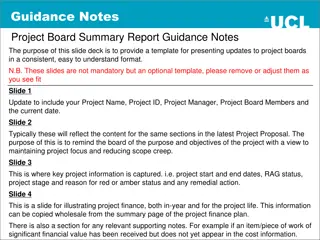
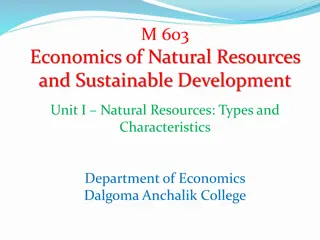




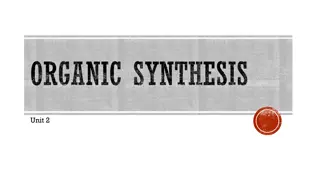

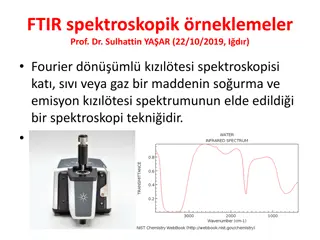

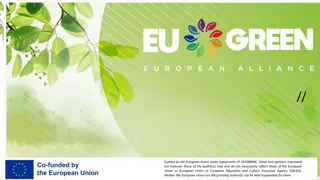




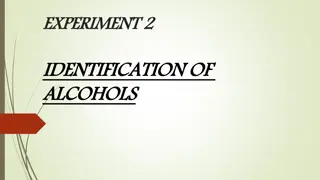

![Project Initiation Document for [Insert.Project.name] [Insert.Project.number]](/thumb/226757/project-initiation-document-for-insert-project-name-insert-project-number.jpg)
